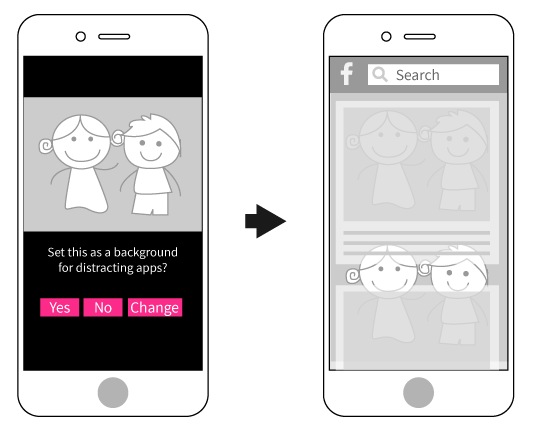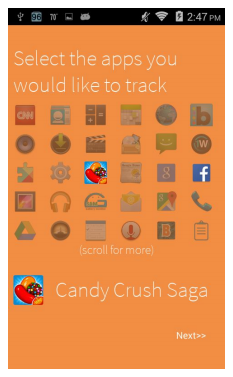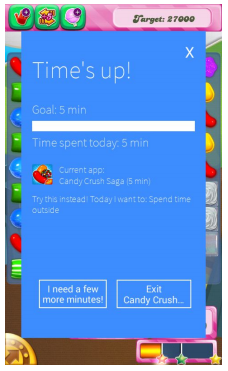Though many people report an interest in self-limiting certain aspects of their phone use, challenges adhering to self-defined limits are common. We conducted a design exercise and online survey to map the design space of interventions for smartphone non-use and distilled these into a small taxonomy of intervention categories. Using these findings, we implemented “MyTime,” an intervention to support people in achieving goals related to smartphone non-use. We conducted a deployment study with 23 participants over two weeks and found that participants reduced their time with the apps they feel are a poor use of time by 21% while their use of the apps they feel are a good use of time remained unchanged. We found that a small taxonomy describes users’ diverse set of desired behavior changes relating to smartphone non-use, and that these desired changes predict: 1) the hypothetical features they are interested in trying, 2) the extent to which they engage with these features in practice, and 3) their changes in behavior in response to the intervention. We link users’ desired behaviors to the categories of our design taxonomy, providing a foundation for a theoretical model of designing for smartphone non-use. This work was published at CHI 2016.



People
Alexis Hiniker
Ray Hong
Yoshi Kohno
Julie Kientz
Publication
- Hiniker, A., Hong, S. R., Kohno, T., & Kientz, J. A. (2016, May). MyTime: Designing and Evaluating an Intervention for Smartphone Non-Use. In Proceedings of the 2016 CHI Conference on Human Factors in Computing Systems (pp. 4746-4757). ACM.
